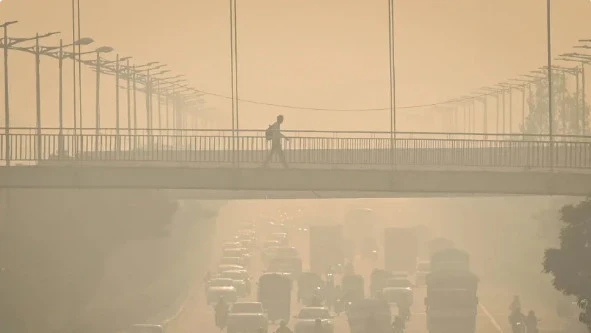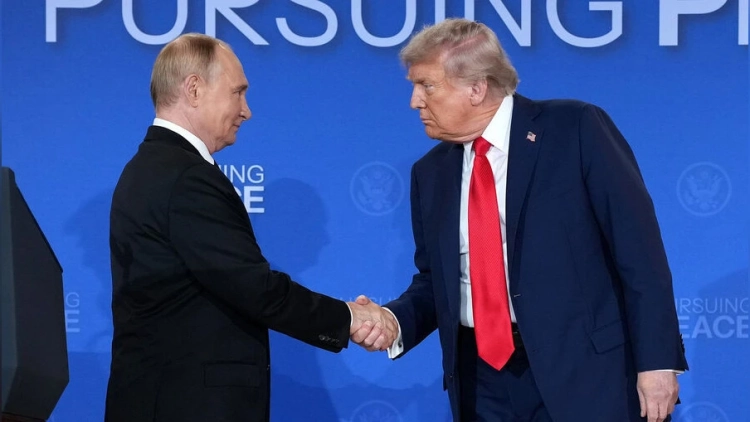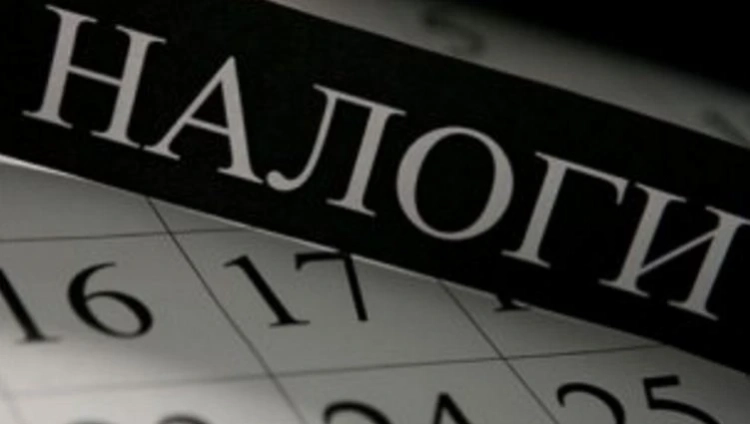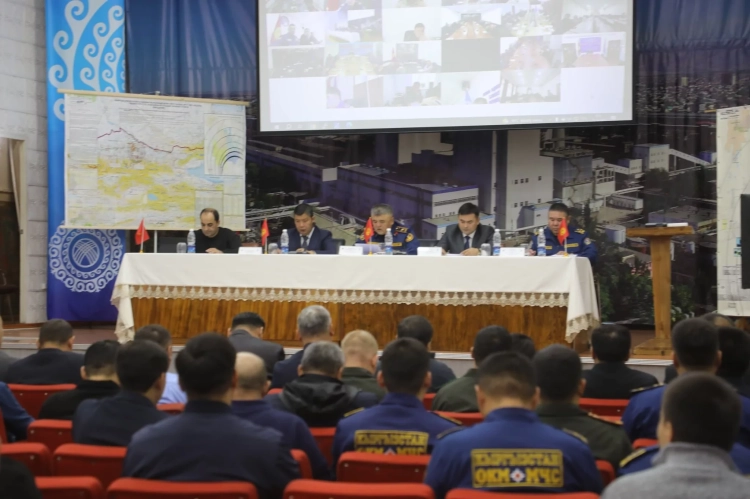
On Wednesday, about 20 million residents of New Delhi woke up to one of the most polluted airs among megacities around the world, as reported by CNN.
According to the Swiss company IQAir, the level of PM 2.5 in the air of New Delhi currently exceeds the annual norms set by the World Health Organization by more than 40 times.
In winter, the air pollution situation becomes particularly critical when farmers from neighboring areas start burning crop residues to prepare the fields for the next planting.
The deterioration in air quality is observed after the celebration of Diwali, the festival of lights, when fireworks are traditionally used, releasing sulfur and nitrogen oxides, as well as heavy metals, into the atmosphere.
In 2020, the government of New Delhi completely banned the production and use of firecrackers due to dangerous levels of pollution.
However, this year the Supreme Court allowed the use of "green" firecrackers, which, according to manufacturers, are less harmful to the environment, but only for a limited time. Nevertheless, many residents reported that the ban was not being enforced, and fireworks continued to be launched after the designated time, while regular firecrackers were still available for purchase.
Despite New Delhi being the political center of the country, local authorities have been unable to significantly improve the air pollution situation.
Previous measures aimed at combating pollution included spraying water on the streets, implementing restrictions on vehicle movement based on even and odd numbers, and constructing two air purification towers in 2018 at a cost of 200 million rupees (approximately 2.4 million USD).
However, experts believe that the lack of strict control and coordination is hindering progress in addressing this issue.
India also faces an acute need to develop its economy and meet the energy needs of its population of 1.4 billion people.
According to IQAir, at the time of the last monitoring, three Indian cities, including New Delhi, ranked among the most polluted in the world: Kolkata in the east ranked fourth, and Mumbai in the west ranked tenth.









































